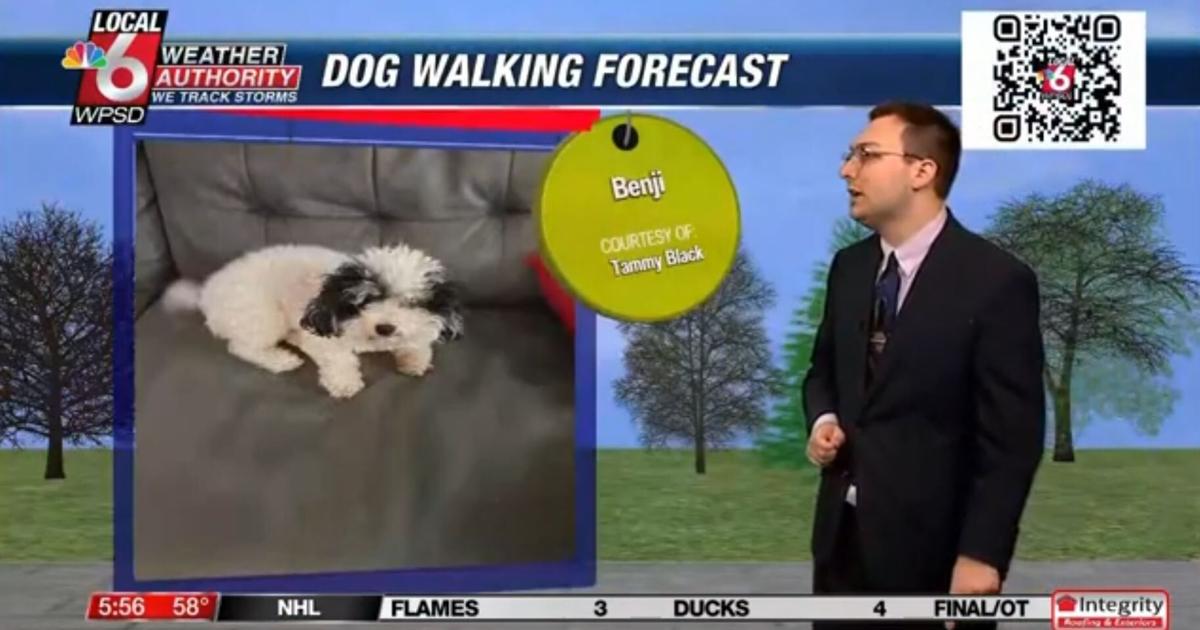By: Dr. Harriet Turner
The solar wind is a constant stream of charged particles that flows from the Sun and fills the solar system. It is an important aspect of space weather, which is the term we use to describe the changing conditions in near-Earth space. Space weather can lead to impacts on Earth, such as problems with radio communications, damage to spacecraft, and it can harm the health of astronauts and people on high-altitude flights. Severe space weather is driven by coronal mass ejections (CMEs), which are transient eruptions of material and magnetic field from the Sun. They propagate through the solar wind, with its conditions affecting CME speed and arrival time at Earth. The solar wind itself can also be a source of recurring space weather, due to its structure of fast and slow streams that rotate as the Sun rotates.
The current method of solar wind forecasting uses observations of the solar magnetic field to initialise a model of the Sun’s outer atmosphere. The outer boundary of the coronal model can then be used as the inner boundary of a model of the solar system that propagates the solar wind out to Earth and beyond, known as a heliospheric model. After the initial magnetic field observations, the modelling system contains no further observational constraints, limiting forecast accuracy. Data assimilation (DA) is a technique that combines model output with observations of a system to find an optimum estimation of reality. It has been used extensively in terrestrial weather forecasting and has led to large forecast improvements, but it has been underused in space weather forecasting. Here, at the University of Reading, we have developed a novel solar wind DA scheme (named Burger Radius Variational Data Assimilation or BRaVDA) that uses in-situ observations of solar wind speed to update the inner boundary of the heliospheric model.
Figure 1. Schematic of the BRaVDA scheme. This is a view looking down onto the ecliptic plane, above the north pole of the Sun. Earth is the black circle and its orbital radius is shown in the black line. An observation is taken at the red cross (a), and this can be mapped back to the inner boundary at some time in the past (b). The inner boundary can be updated with this information, and it can be propagated back outwards (c), leading to an improved solar wind state. This can then be run forwards to produce a forecast (d).
The observations are taken from spacecraft located on similar orbits to Earth. They contain information about the conditions close to the Sun at some time in the past, and this can be used to improve the inner boundary of the heliospheric model, as shown in Figure 1. Previous work (e.g. Turner 2022, Turner 2023) has shown that BRaVDA is effective in improving the inner boundary of the heliospheric model when using the Magnetohydrodynamics Around a Sphere (MAS) coronal model, which is used primarily for research purposes due to its long and readily available archive. In an operational context, the Wang-Sheeley-Arge (WSA) model is more widely used, as it is updated daily. It is used by the UK Met Office Space Weather Operations Centre (MOSWOC) and by the National Oceanic and Atmospheric Administration Space Weather Prediction Centre (NOAA SWPC).
I have recently been working on using the WSA model with BRaVDA. Due to its use within government organisations, the data is not readily available, so we were limited to analysis of 2020 only. For the first half of the year, the WSA output was producing anomalously high solar wind speeds and therefore the solar wind forecast at Earth was overpredicting. The reason for this is not known; however, it provided an interesting opportunity to see whether DA could improve the forecast. As Figure 2 shows, the DA is providing a significant improvement in forecast error, reducing the mean absolute error (MAE) by approximately 50%. This shows that using DA in operational forecasting could not only provide important forecast improvements, but it could also help to correct systematic bias introduced by errors in the input conditions.

Figure 2. Variation of forecast mean absolute error (MAE) with forecast lead time. The black line shows the forecast driven using WSA, before any data assimilation has taken place. The red line shows the forecast after the DA has taken place.
This work is currently being written into a paper, which will hopefully be submitted soon. The study also shows the optimum way of processing the BRaVDA output for use in the heliospheric model used in the study. This would be required for use in any heliospheric model and sets a framework for how best to use the output from BRaVDA. The next study is to investigate the impact of using DA on CME speed and arrival time estimates at Earth. With an improved background solar wind, it is hoped that this could lead to more accurate CME forecasts.
References
Turner, H., Owens, M. J., Lang, M. S., Gonzi, S., & Riley, P. (2022). Quantifying the effect of ICME removal and observation age for in situ solar wind data assimilation. Space Weather, 20, e2022SW003109. https://doi.org/10.1029/2022SW003109.
Turner, H., Lang, M., Owens, M., Smith, A., Riley, P., Marsh, M., & Gonzi, S. (2023). Solar wind data assimilation in an operational context: Use of near-real-time data and the forecast value of an L5 monitor. Space Weather, 21, e2023SW003457. https://doi.org/10.1029/2023SW003457.



















Discussion about this post